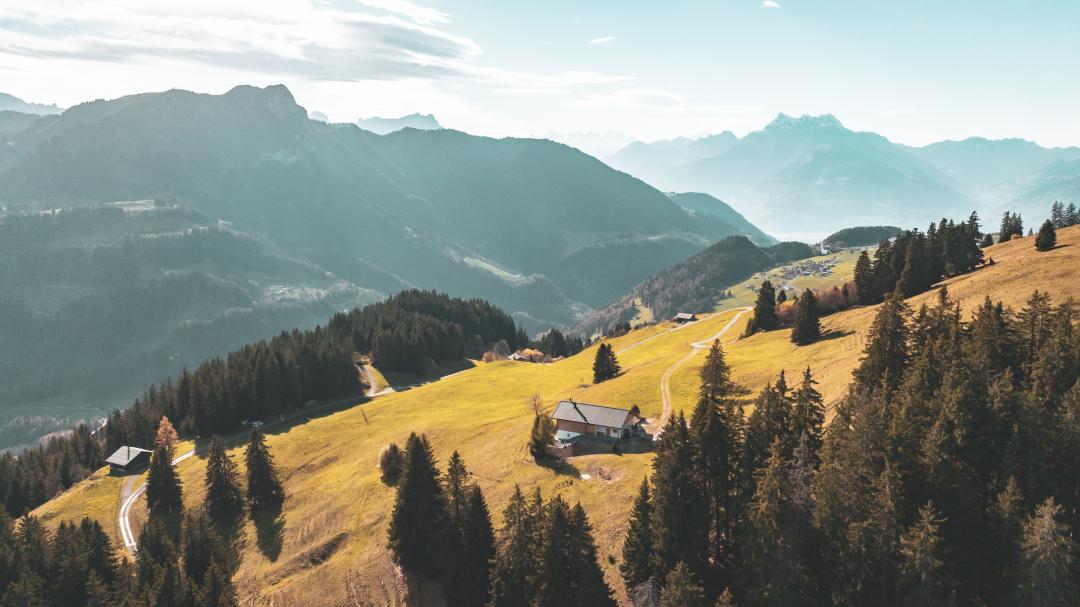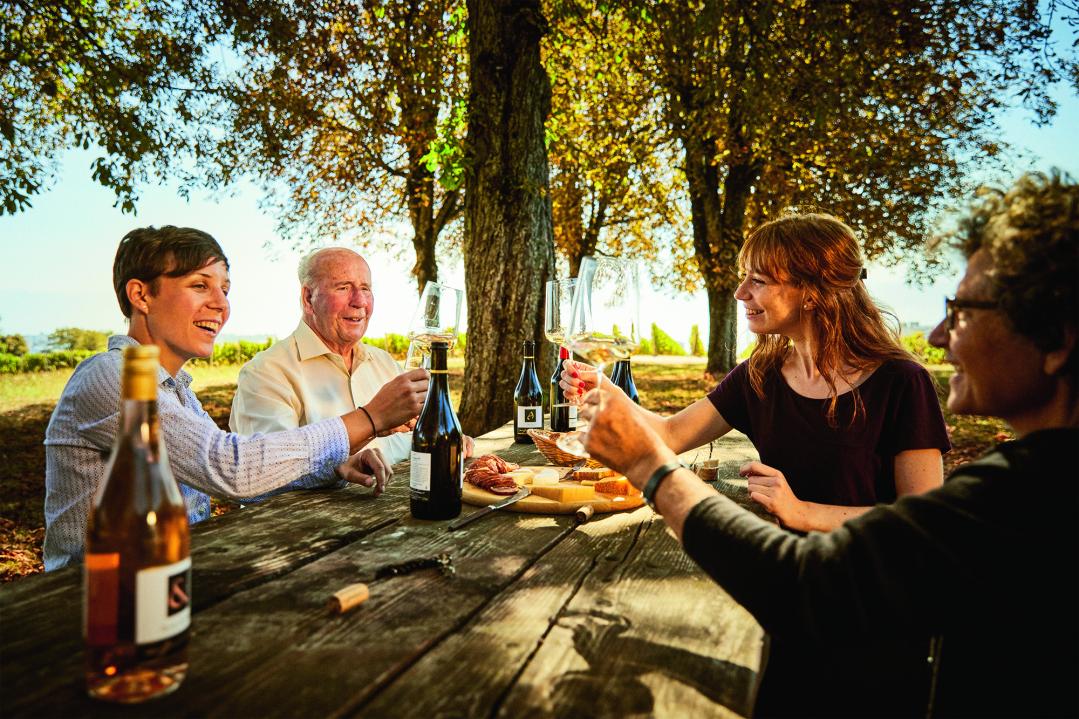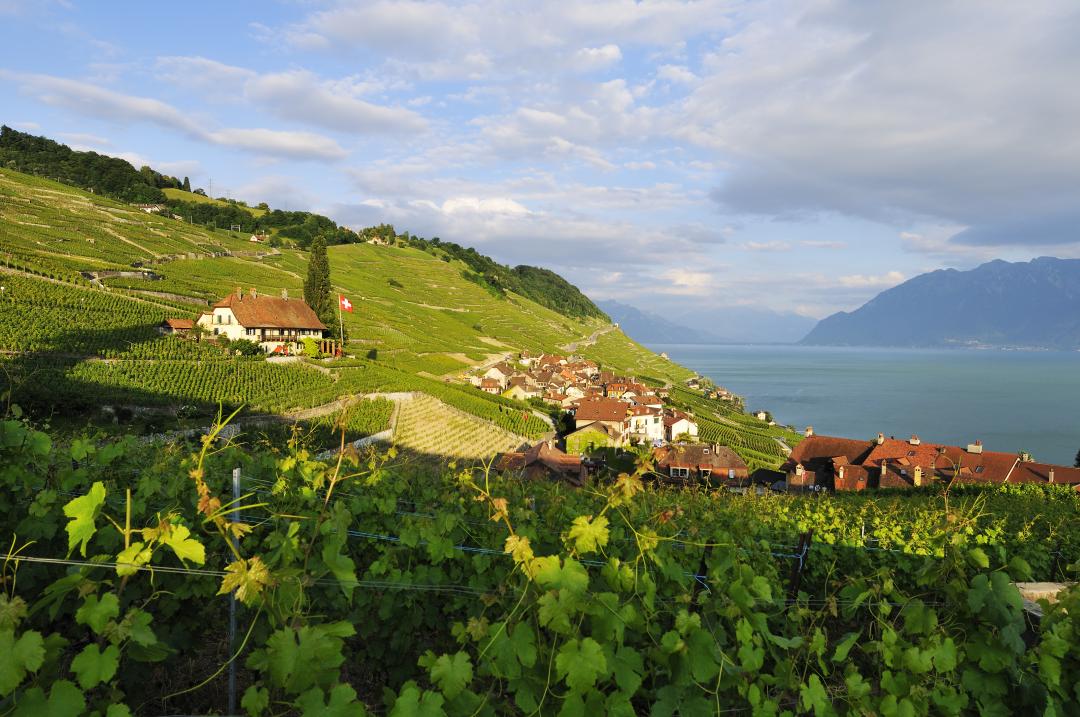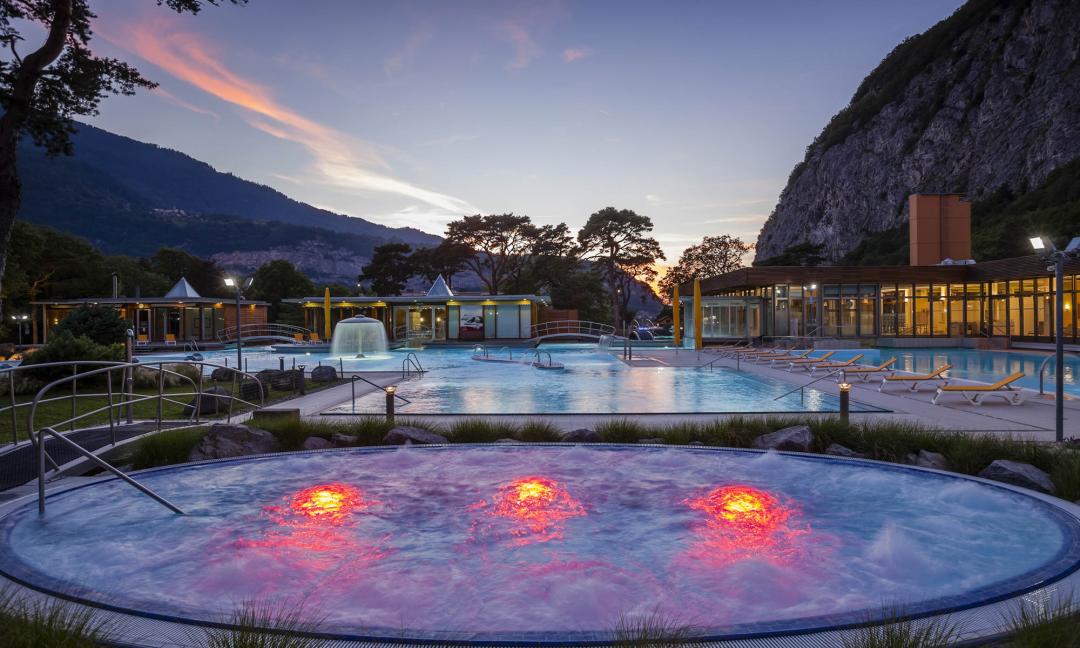To provide you with the best web experience, we use cookies and tracking technologies in accordance with our Privacy Policy. See more
Taveyanne Sandstones

- Home
- Nature & Adventure
- Taveyanne Sandstones

- Home
- Nature & Adventure
- Taveyanne Sandstones
Description - Taveyanne Sandstones
Sometimes in a river bed or rock fall you might find a round rock slightly green in colour but specked with black and white. This is Taveyanne sandstone, a sedimentary rock with volcanic origins.
Taveyanne sandstone is a sedimentary rock in which is also found detrital rock.
In geology the term sandstone defines a detrital rock, that is to say a rock formed from the detritus (sand) created by the erosion of a chain of mountains. It may contain particles of numerous rocks. It is then known as an arkose or greywacke, depending on its composition.
Taveyanne sandstone is a detrital sedimentary rock of the greywacke type, composed in part of residue from the erosion of quartz and siliceous matter, rich in chlorite, albite and other different minerals which gives rise to its varied and flecked appearance. It is said to have been created from the erosion of mountains and volcanoes which were found on what is the southern face of modern day Valais, during the formation of the folds of the Alps, when plate collision gave rise to volcanism, as can still be seen today on the western and coastal faces of the Andes chain.
These sediments collected in the residual basins of the Tethys Sea (which was beginning to disappear, caught between the European and African plates), the ancestor of the modern day Mediterranean Sea. Over the course of tens of millions of years, these sediments were compacted and cemented on the floor of these basins. Subsequently, these basins, caught between Africa and Europe, were crushed in this continental pile up only to be driven deep down towards the earth’s core, where the rock was heated to hundreds of degrees, as is witnessed by its greenish colour, before being crushed and compressed. Finally this rock layer was covered with other rock strata in this grand geological layer cake, forming the ‘nappes’, as they are known, which resulted from this pile up and which have subsequently risen up and been eroded over time by the glaciers. The current outcrop is located in a geographical zone delimited by Taveyanne – Châtillon – Le Coin (edge of Les Diablerets) Solalex and Frience (source: geological map of Switzerland, sheet 1285/Diablerets), and is believed to result from a single volcano. The term Taveyanne Sandstone is also incorrectly used to describe flysch from other regions (Savoy – Val d’Illiez). The sandstone present in these flysch often has similar origins but has a different composition to that of Taveyanne. Despite the deformation which resulted from the combined effects of temperature and pressure, it is likely that the light and dark speckling is the result of the erosion of volcanic rocks. The darker specks perhaps coming from the erosion of basaltic rocks formed from lava flows, the lighter specks from the erosion of andesite rock (pumice stone) formed from explosive volcanic matter. The mixture of the 2 colours is indicative of mixed volcanic activity (lava flows and explosions), the Stromboli effect. The Taveyanne sandstone layers being relatively thin (only a few metres), this might indicate that the erosion of the volcanic massif was short lived – 1 to 2 million years.
Uses of Taveyanne Sandstone
-
Walls and wall facings
If you take a walk through the hamlet of Taveyanne or Gryon village you’ll see a number of walls made of Taveyanne sandstone. Sometimes the stone is just a random inclusion amongst other stones but often the stones were carefully selected in the local area by the builder himself.
- Weights for wooden roofing shingles
Prior to industrialisation and the modern ways of recent years, the wooden shingles on the roofs of the chalets in Taveyanne were held in place by poles and rocks. The Taveyanne sandstone blocks often already having been broken to size and the edges softened by Mother Nature, it was only natural to use them on the roofs of the hamlet.
-
Stoves and fireplaces
Taveyanne sandstone being a metamorphic rock, that is to say it has been transformed by pressure and high temperatures during its passage under the surface of the earth, it has good heat resistance. It can thus serve as an accumulator of heat (thanks to its chemical composition being rich in partially refractory minerals) which it will then later release, although it is less efficient than the more traditional soapstone. The colour of Taveyanne soapstone lightens slightly with heat, but it still retains its speckled beauty.
-
Millstones
Thanks to being a relatively hard rock, Taveyanne sandstone has in the past been chiselled into rounds to be used as millstones for milling grain. Such millstones used to be found in the barns and sheds in the village of Gryon, but not in Taveyanne which was only a summer pasture with no cereal production nearby.
-
Art and crafts
The column found at the Gryon Centre is a fine example of an artistic use of Taveyanne sandstone.
The method of working Taveyanne sandstone is very similar to other sandstones such as molasse, although the stone is harder and more brittle. Chisels and points for rough work and a rasp to finish before polishing.
In its raw state, Taveyanne sandstone may be quite coarse, but the results after polishing are impressive, the black flecks bringing the speckling to life.
-
Wellness and medicinal uses
After extensive research no evidence written or otherwise has been found to confirm any esoteric or therapeutic virtues of Taveyanne sandstone. Some supporters of natural therapies, however, recommend the use of pomades made with powdered sandstone for treating joints.
-
Other uses
It would appear that in the past sinks were occasionally carved from Taveyanne sandstone. Somewhat surprising given that the rock is porous and thus potentially damaged by liquids, fats and oil.
Media - Taveyanne Sandstones

Access
Maison du Tourisme de Gryon
Place Barboleuse 11
1882 Gryon
information@gryon-tourisme.chOpen in Google MapsGeneral information
- Place
- Gryon
- Telephone
- +41 24 498 00 00
- Website
- https://www.gryon.ch/

Your tourist office
Office du Tourisme de Villars
- Telephone
- +41 24 495 32 32
- Email address
- information@villars.ch





